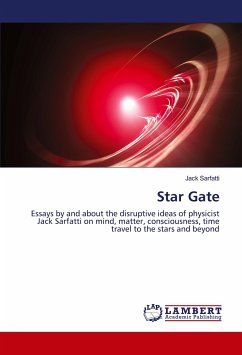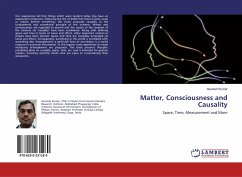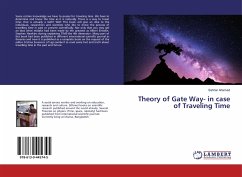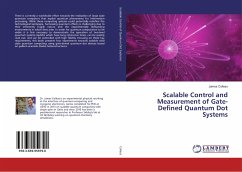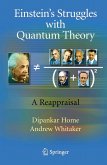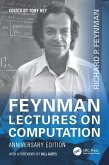Jack Sarfatti created the legendary Physics/Consciousness Research Group at the New Age Esalen Institute in Big Sur and in San Francisco in 1975 with money from Werner Erhard (est), Sidney and Jean Lanier, and George Koopman. MIT physics professor historian David Kaiser wrote in his award-winning book: "Little could Herbert, Sarfatti and the others know that their dogged pursuit of faster-than-light-communication and the subtle reasons for its failure, would help launch a billion dollar industry ... at the heart of today's quantum encryption technology" (How the Hippies Saved Physics). This book tells the story left out of Kaiser's book showing how Sarfatti has explained the physical nature of our consciousness - our souls. The simple physics involved, if true, will herald in a new post-quantum technology of fully conscious artificial intelligent nano-electronic machines into which your consciousness can be uploaded to survive physical death. Sarfatti also explains what happened in the USS Nimitz's Close Encounter with advanced warp drive craft off the coast of San Diego in 2004 that can render all our weapons impotent and obsolete.
Bitte wählen Sie Ihr Anliegen aus.
Rechnungen
Retourenschein anfordern
Bestellstatus
Storno

